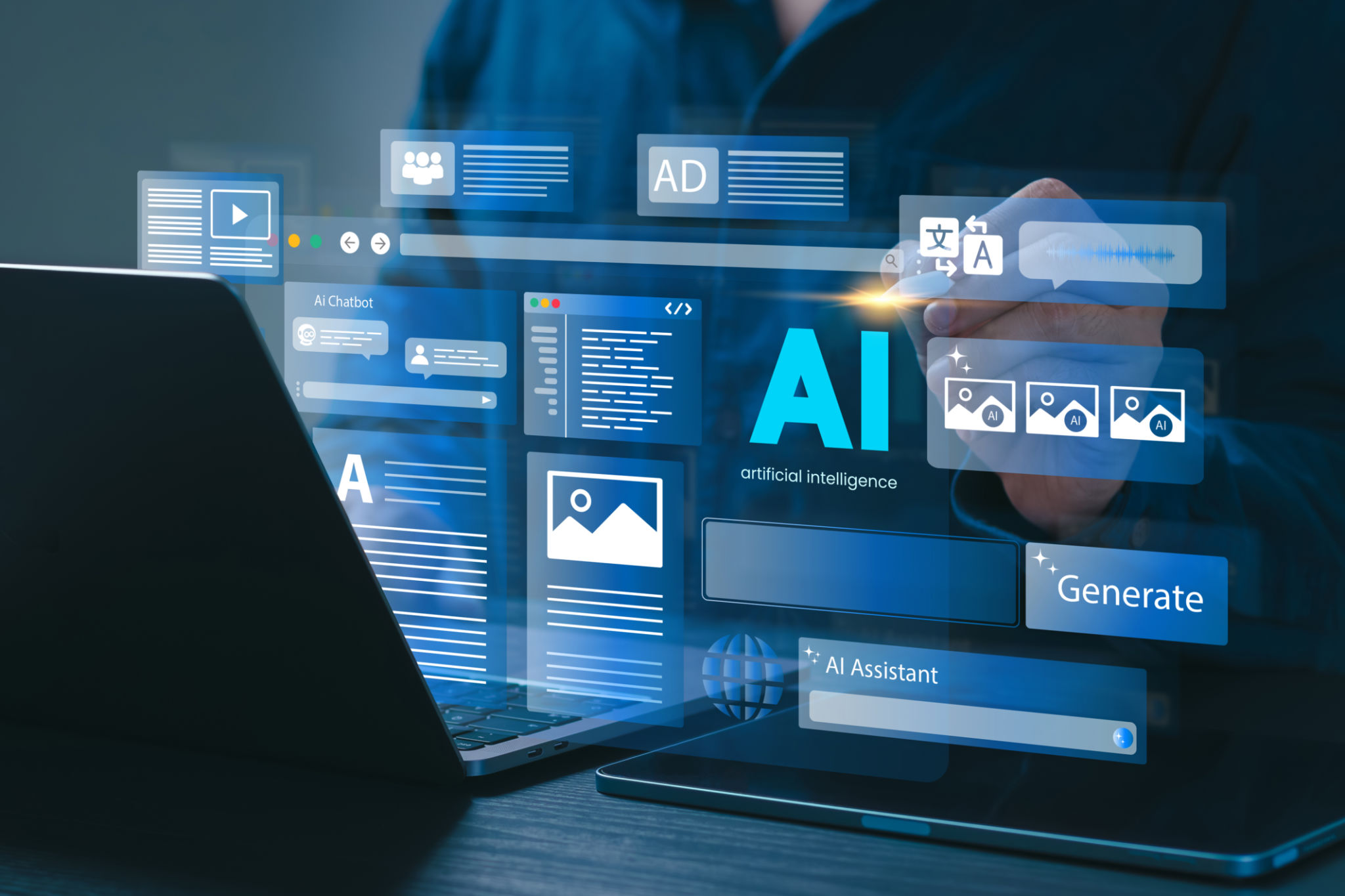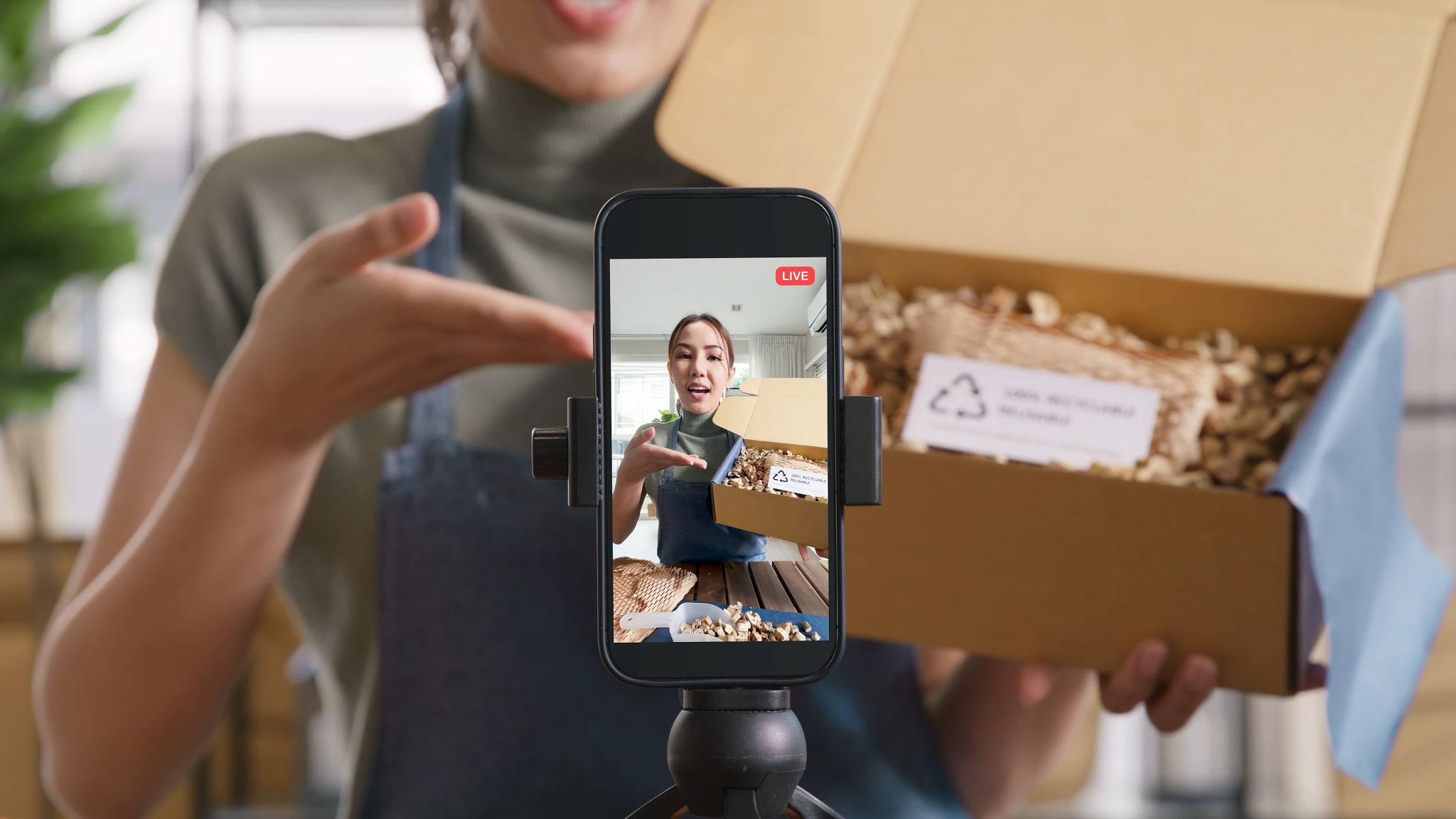The Future of Influencer Marketing: Trends and Predictions
The Evolution of Influencer Marketing
Influencer marketing has rapidly evolved from a niche advertising strategy to a mainstream powerhouse in digital marketing. As social media platforms continue to grow and diversify, brands are leveraging influencers to reach audiences in more authentic ways. The future of influencer marketing promises even more innovation and transformation, driven by technology and changing consumer behaviors.
With the rise of new platforms like TikTok and the increasing focus on video content, influencers are finding fresh ways to engage their audiences. This shift is not just about the type of content being created, but also about the platforms that are driving significant engagement.

Micro-Influencers Take Center Stage
While celebrity influencers have dominated the space for years, there is a growing trend towards partnering with micro-influencers. These individuals, often with follower counts ranging from 1,000 to 100,000, offer brands a more targeted and engaged audience. Micro-influencers tend to have stronger connections with their followers, which can lead to higher engagement rates and more authentic content.
Brands are recognizing the value of collaborating with these influencers due to their niche expertise and loyal communities. The cost-effectiveness of working with micro-influencers also allows businesses to allocate budgets more strategically across multiple campaigns.
The Rise of AI and Data-Driven Strategies
Artificial intelligence is playing an increasingly important role in influencer marketing. From identifying the right influencers for a campaign to analyzing engagement metrics and predicting trends, AI-driven tools are helping brands optimize their strategies. These technologies allow marketers to make data-informed decisions, ensuring that their campaigns are both effective and efficient.

As AI continues to advance, we can expect even more sophisticated tools that will further refine the influencer marketing process. This includes hyper-personalized content recommendations and enhanced audience targeting capabilities.
Sustainability and Social Responsibility
Another emerging trend is the focus on sustainability and social responsibility within influencer marketing. Consumers are becoming increasingly conscious of the environmental and social impact of their purchases, prompting brands to prioritize ethical practices. Influencers who advocate for sustainable and socially responsible products are gaining traction, as their messages resonate with a growing segment of the population.
This shift reflects a broader movement towards authenticity and transparency in marketing, where consumers demand more than just a product—they seek brands that align with their values.

Live Streaming and Real-Time Engagement
Live streaming has become an integral part of influencer marketing, offering real-time interaction between influencers and their audiences. This format allows for more dynamic and spontaneous content, which can foster a deeper connection with viewers. As platforms continue to enhance their live streaming capabilities, brands will likely invest more in this form of engagement.
Real-time engagement provides an opportunity for influencers to showcase products authentically, answer questions on the spot, and create a sense of community among viewers.
Conclusion
The future of influencer marketing is bright and brimming with possibilities. As the landscape continues to evolve, brands must stay attuned to emerging trends and technologies to remain competitive. By embracing micro-influencers, leveraging AI-driven insights, prioritizing sustainability, and exploring innovative formats like live streaming, brands can effectively navigate this dynamic field and connect with consumers in meaningful ways.
